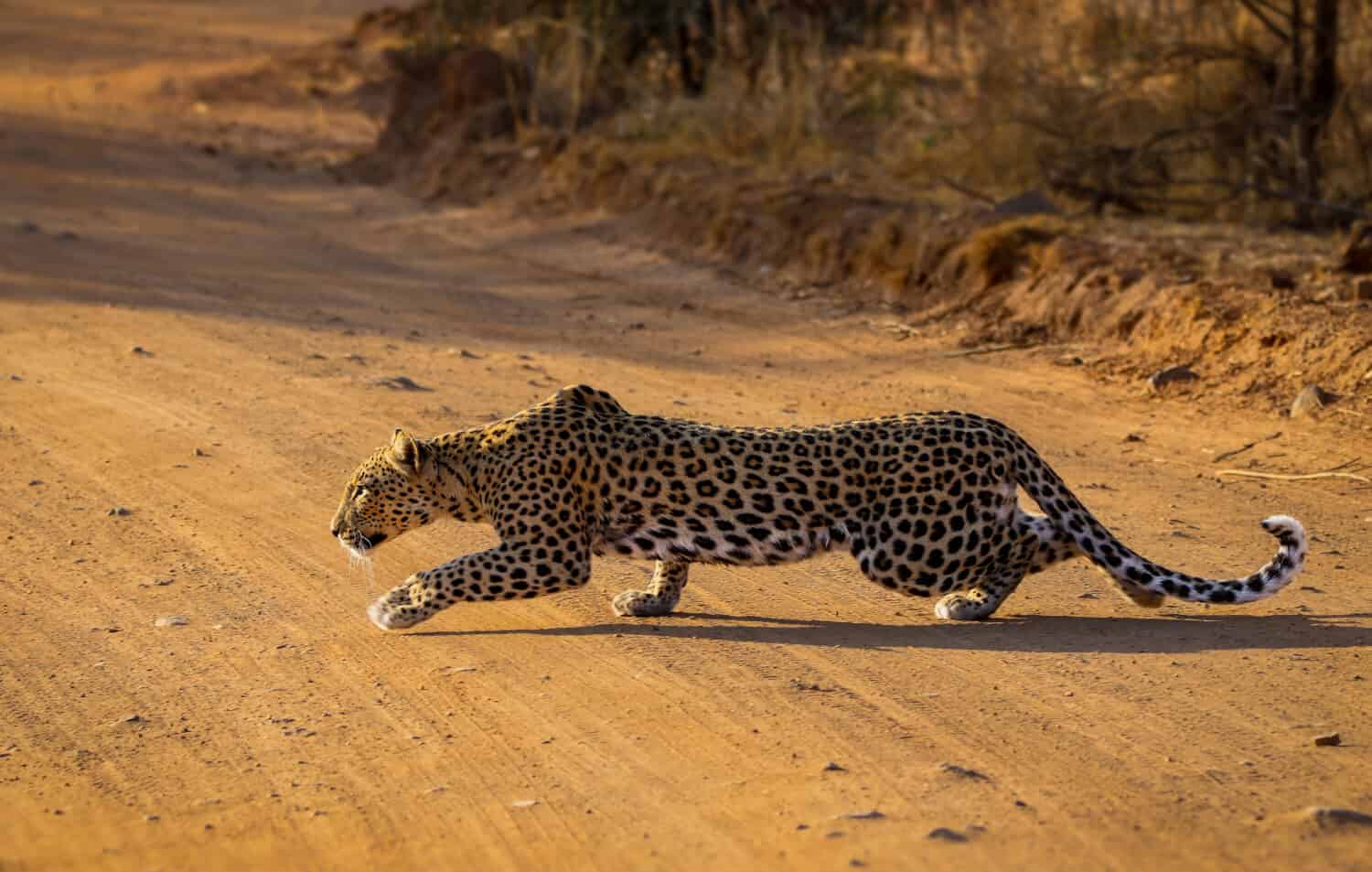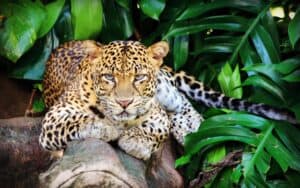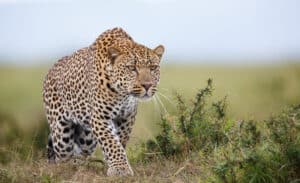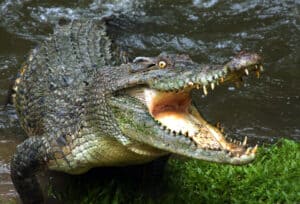Continue reading for our analysis...

To compliment someone extremely quiet and sneaky, you might call the person a ninja. You could do the same for the animal in the video below: a leopard in the plains of Kusini, Serengeti National Park in Tanzania.
The video starts with a young wildebeest grazing on his own. If we stop the video at two seconds, we would be mesmerized by the young wildebeest standing on his four legs. But, if we look behind him, a leopard has blended into the grass.
Within a matter of seconds, this leopard has managed to creep his entire way up behind the wildebeest. He is so close, in fact, that if he were to reach out his paw, he would actually touch this young animal. Check out what happens below and read on for some fascinating facts about leopards.
Due to how young this wildebeest is he does not always have the self-awareness to look around for danger. While it may surprise us that the leopard does not pounce at first, this is because it knows that this young animal’s mother could be nearby.
The leopard takes a moment to look around and ensure this young wildebeest is all alone. When he is satisfied that no mother or other wildebeest friends are nearby, the leopard takes only one giant leap from his spot and lands directly on top of this young one.
The wildebeest is no match for this leopard and doesn’t even have an opportunity to try to defend himself. The leopard has taken this wildebeest down and will use it for a meal for her young cub back in her den.
Leopard (Panthera pardus) Facts

Leopards perch in trees to watch for prey and ambush them.
©ylq/Shutterstock.com
The leopard of the family Felidae can be found in rainforests, grasslands, and mountainous regions across Asia and Africa.
These beautiful animals have patterned yellow, black, dark brown, or golden fur. They grow to be 40-75 inches long and have a slender weight of 66-198 pounds. They can run over 30 miles per hour.
Leopards love to be up in trees while they wait for their prey to come by and pounce unexpectedly. As a carnivore, their diet mostly consists of deer, warthog, and rodents.
Seven different species of leopard exist. And between those species, there are approximately 250,000 leopards.
Known for their ability to run and pounce, few animals can outrun them. As shown in the video, this wildebeest didn’t even have the opportunity to respond.
Do Leopards Normally Eat Wildebeests?

A leopard may hunt wildebeests if hungry.
©Greens and Blues/Shutterstock.com
The normal diet of a leopard is quite varied. They typically eat a variety of animals, including ungulates, reptiles, birds, and even fish. In particular, they are known for their ability to take down large prey such as antelopes, wildebeests, and zebras.
It is normal for them to ambush their prey, using their powerful bodies and sharp claws to surprise and overpower their victims. While they are known as formidable hunters, they are also scavengers and can eat the remains of an animal killed by another predator.
Leopards also sometimes eat young wildebeests, but this is not a normal part of their diet. They mostly stick to medium-sized animals, though they will occasionally take down larger prey if the opportunity presents itself. Overall, leopards are highly adaptable animals with a diverse and varied diet.
Thank you for reading! Have some feedback for us? Contact the AZ Animals editorial team.






